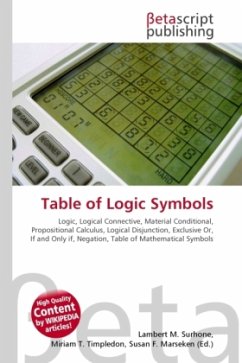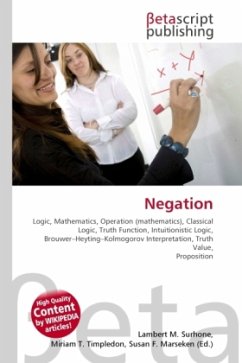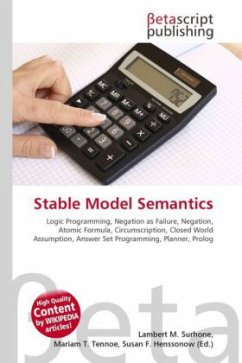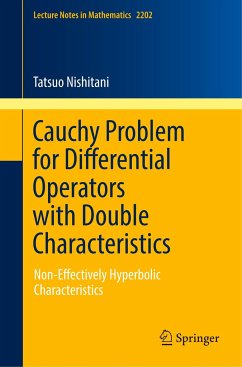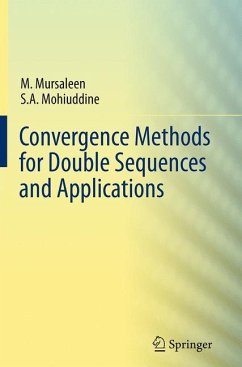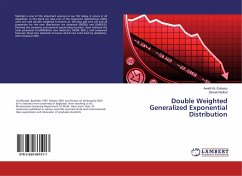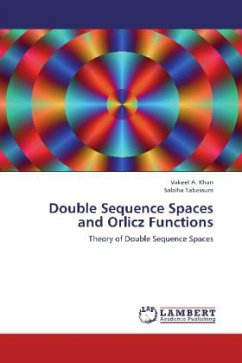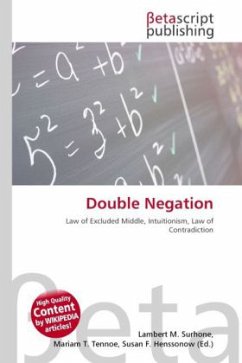
Double Negation
Versandkostenfrei!
Versandfertig in 6-10 Tagen
23,99 €
inkl. MwSt.

PAYBACK Punkte
12 °P sammeln!
High Quality Content by WIKIPEDIA articles! In the theory of logic, double negation is expressed by saying that a proposition A is identical to (equivalent to) not (not-A), or by the formula A = ~~A. Like the Law of Excluded Middle, this principle when extended to an infinite collection of individuals is disallowed by Intuitionistic logic. Some writers grant this "law" the status of a Law of thought.The principium contradictiones of modern logicians (particularly Leibnitz and Kant) in the formula A is not not-A, differs entirely in meaning and application from the Aristotelian proposition [ i....
High Quality Content by WIKIPEDIA articles! In the theory of logic, double negation is expressed by saying that a proposition A is identical to (equivalent to) not (not-A), or by the formula A = ~~A. Like the Law of Excluded Middle, this principle when extended to an infinite collection of individuals is disallowed by Intuitionistic logic. Some writers grant this "law" the status of a Law of thought.The principium contradictiones of modern logicians (particularly Leibnitz and Kant) in the formula A is not not-A, differs entirely in meaning and application from the Aristotelian proposition [ i.e. Law of Contradiction: not (A and not-A) i.e. ~(A & ~A), or not (( B is A) and (B is not-A))]. This latter refers to the relation between an affirmative and a negative judgment. According to Aristotle, one judgment [B is judged to be an A] contradicts another [B is judged to be a not-A].



